The Value of Antique Hardware
Antique hardware encompasses a fascinating and diverse array of objects, from door knobs and hinges to locks and keyholes, often crafted with intricate designs and high-quality materials. These items not only serve functional purposes but also represent the craftsmanship and aesthetic sensibilities of their respective eras. Understanding the value of antique hardware involves delving into its historical significance, material composition, and current market trends, all of which influence their desirability and price.

Historical Significance and Craftsmanship:
The historical significance of antique hardware cannot be overstated. Each piece tells a story of the time it was created, reflecting the technological advancements, cultural influences, and artistic trends of the era. For instance, hardware from the Victorian period often features elaborate and ornate designs, showcasing the era's fascination with decoration and detail. In contrast, hardware from the Industrial Revolution might highlight the advent of mass production techniques and simpler, more functional designs. Collectors and enthusiasts value these pieces not just for their utility but for their ability to connect us to the past, offering tangible links to history.
The craftsmanship involved in creating antique hardware is another critical factor in its value. In the past, many of these items were handcrafted by skilled artisans, resulting in unique and meticulously detailed pieces. The quality of materials used, such as solid brass, bronze, or wrought iron, also adds to their durability and longevity. Modern reproductions often lack the same level of detail and quality, making genuine antique hardware highly sought after by collectors, interior designers, and restorers looking to preserve historical authenticity in their projects.

Material Composition and Durability:
The materials used in antique hardware significantly impact its value. High-quality metals like brass, bronze, and iron were commonly used in the past, chosen for their durability and ability to be worked into intricate designs. These materials have stood the test of time, often aging gracefully with a patina that adds character and uniqueness to each piece. The weight and feel of these metals are often noticeably superior to contemporary equivalents, further enhancing their desirability.
In addition to metals, some antique hardware features embellishments such as porcelain, glass, or enamel. These elements add an extra layer of appeal and are often indicative of the piece's era and origin. For example, cut glass doorknobs from the early 20th century or porcelain handles with hand-painted designs can significantly increase the value of a piece. The rarity of these materials and the skill required to incorporate them into functional hardware contribute to their higher market value.

Current Market Trends:
The market for antique hardware is influenced by various factors, including trends in interior design, historical preservation efforts, and the availability of authentic pieces. Currently, there is a growing interest in sustainable and eco-friendly practices, which has led to a resurgence in the use of reclaimed and antique materials. Homeowners and designers are increasingly looking for unique and historically significant items to incorporate into their projects, driving demand for antique hardware.
Historical preservation and restoration projects also play a crucial role in the market. As more buildings and homes are being restored to their original conditions, there is a heightened demand for period-appropriate hardware. This trend is particularly evident in regions with a rich architectural heritage, where maintaining historical accuracy is paramount. Collectors and dealers often source items from demolition sites, estate sales, and auctions, making these pieces available to those looking to preserve the authenticity of their properties.

Valuation and Investment Potential:
The value of antique hardware can vary widely depending on factors such as age, condition, rarity, and provenance. Items that can be definitively linked to a particular maker or historical period often command higher prices. Additionally, pieces in excellent condition with minimal wear and original finishes are more valuable than those that have been heavily restored or altered. Rarity also plays a significant role; unique or unusual designs, limited production runs, or items from renowned manufacturers are often more sought after.
From an investment perspective, antique hardware can be a wise choice. The market for these items tends to be stable, with values appreciating over time, especially for rare and high-quality pieces. Collectors who are knowledgeable about market trends and historical significance can build valuable collections that not only bring aesthetic pleasure but also offer financial returns. However, like any investment, it is essential to conduct thorough research and seek expert advice to make informed decisions.

Antique hardware holds a unique and valuable place in the world of collectibles and interior design. Its historical significance, superior craftsmanship, and material quality make it highly desirable to collectors, designers, and homeowners alike. Current market trends, driven by sustainability and historical preservation efforts, have further increased the demand for these pieces.
Understanding the factors that influence the value of antique hardware, from material composition to market dynamics, is crucial for anyone looking to appreciate or invest in these timeless items. As the interest in historical authenticity and unique design continues to grow, the value of antique hardware is likely to remain strong, offering both aesthetic and financial rewards to those who appreciate its significance.




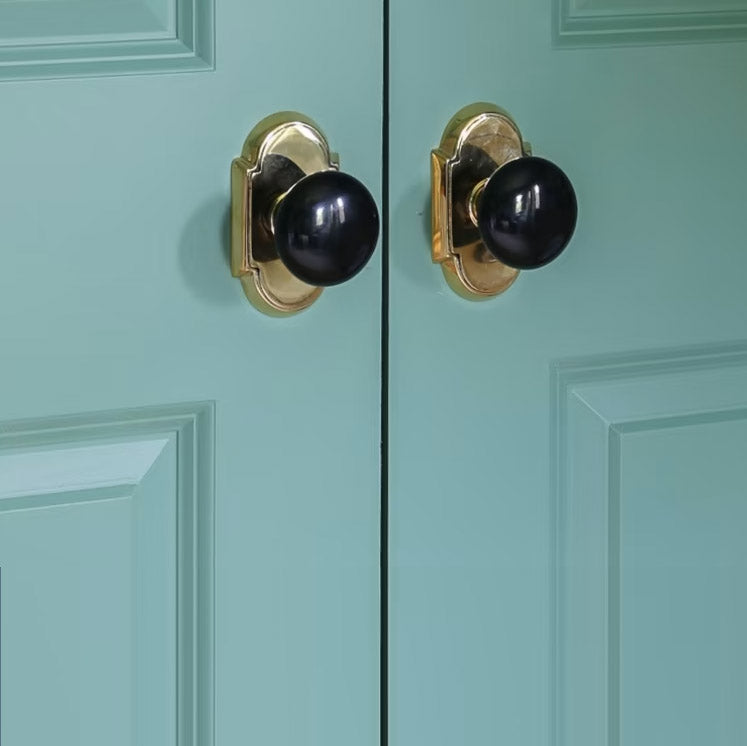
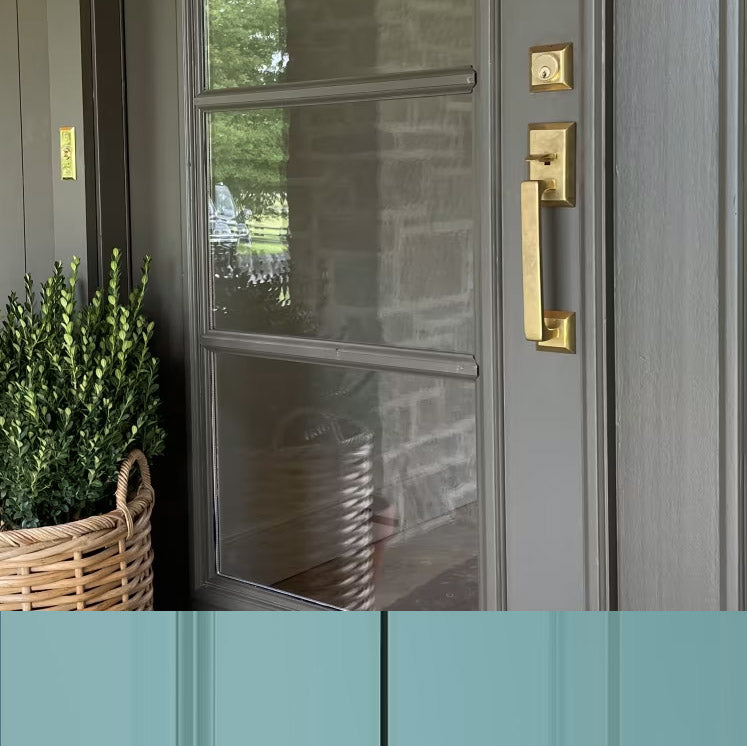
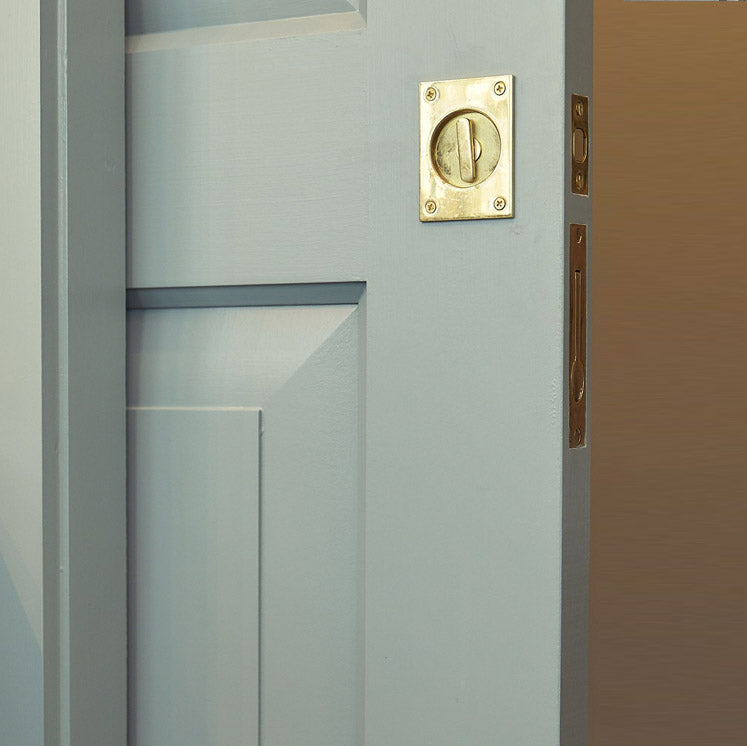

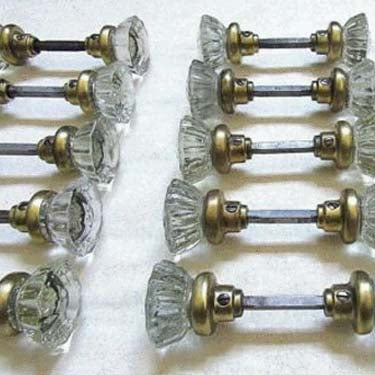

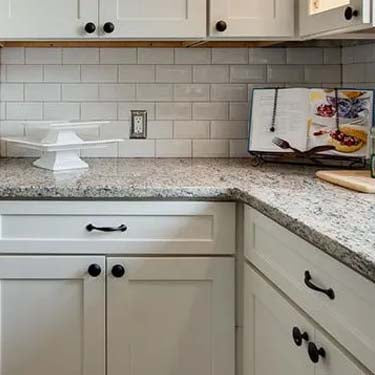


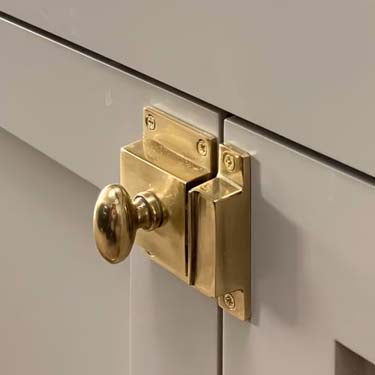
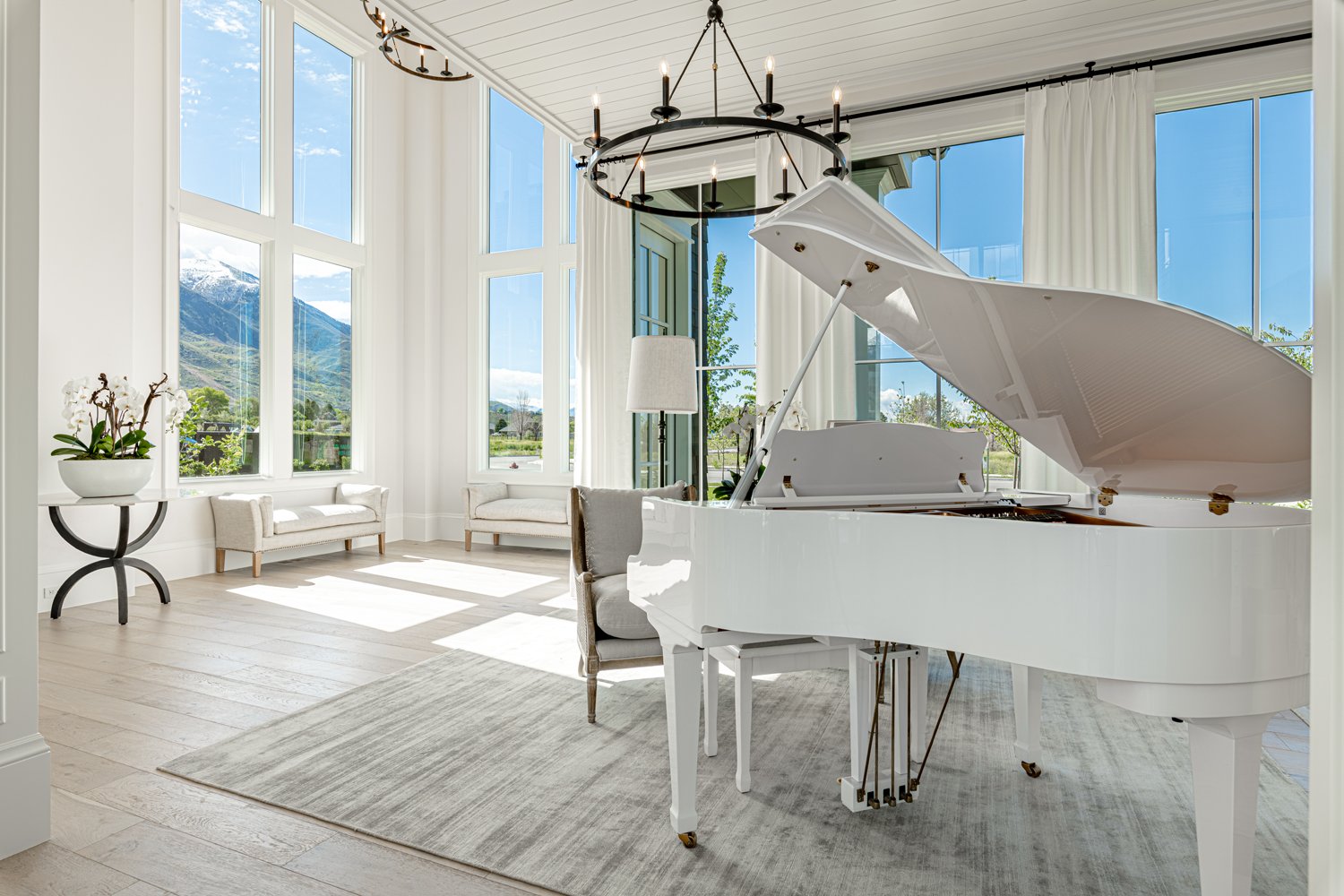
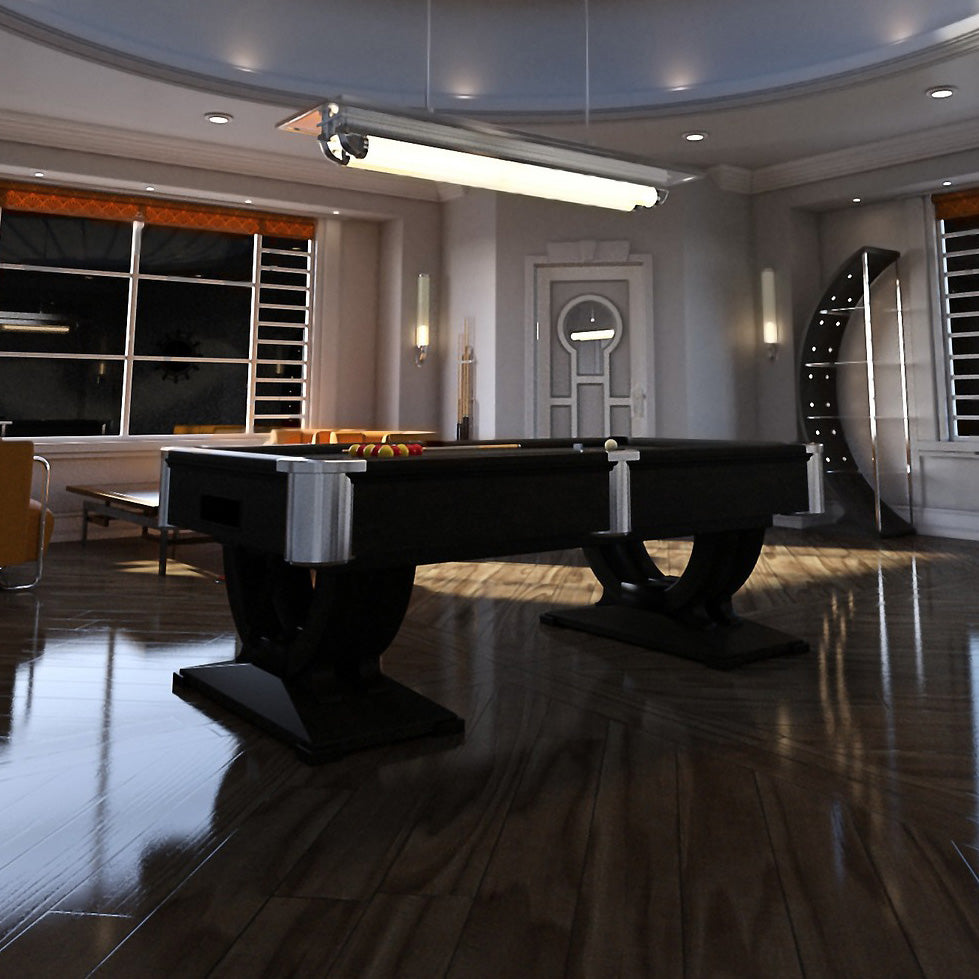
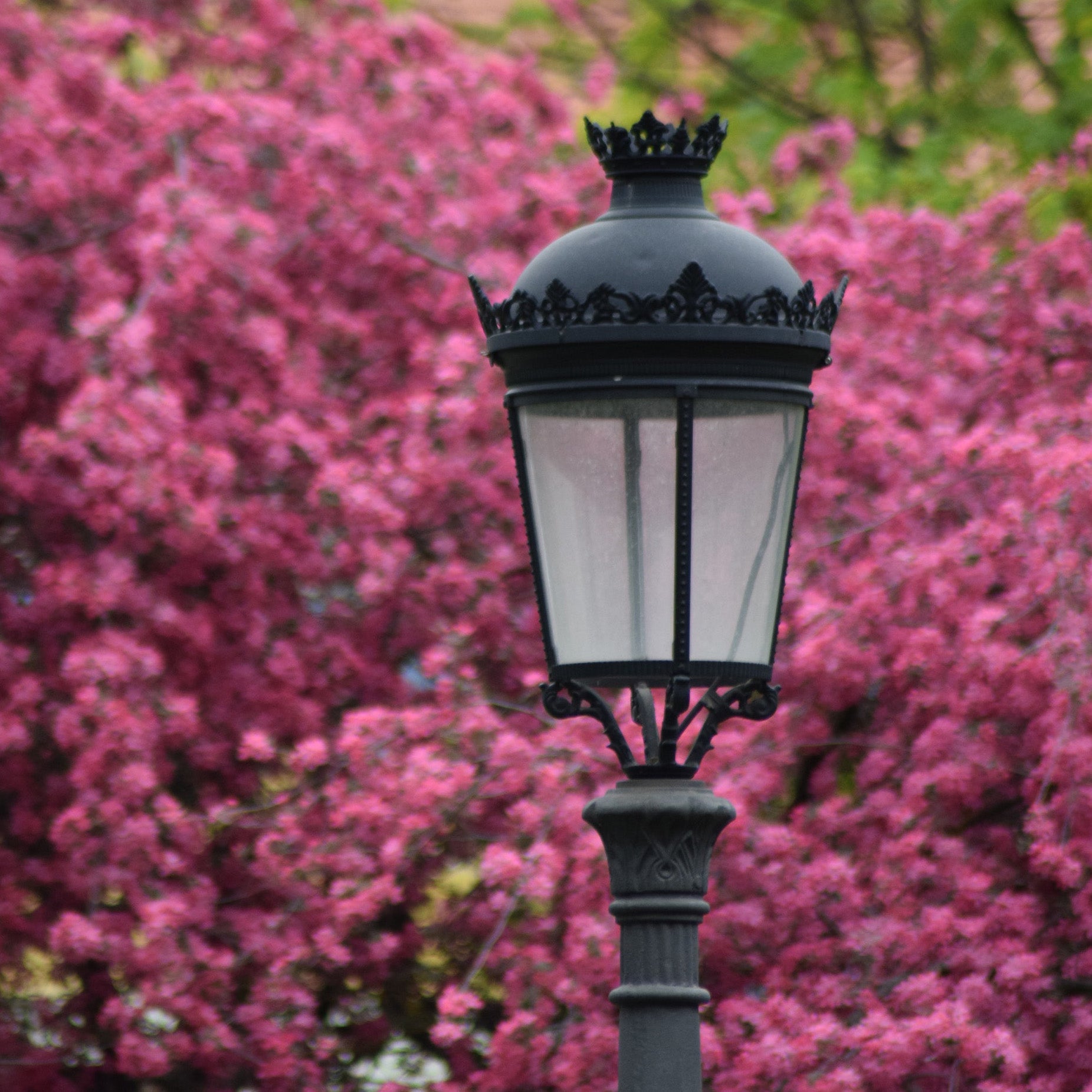

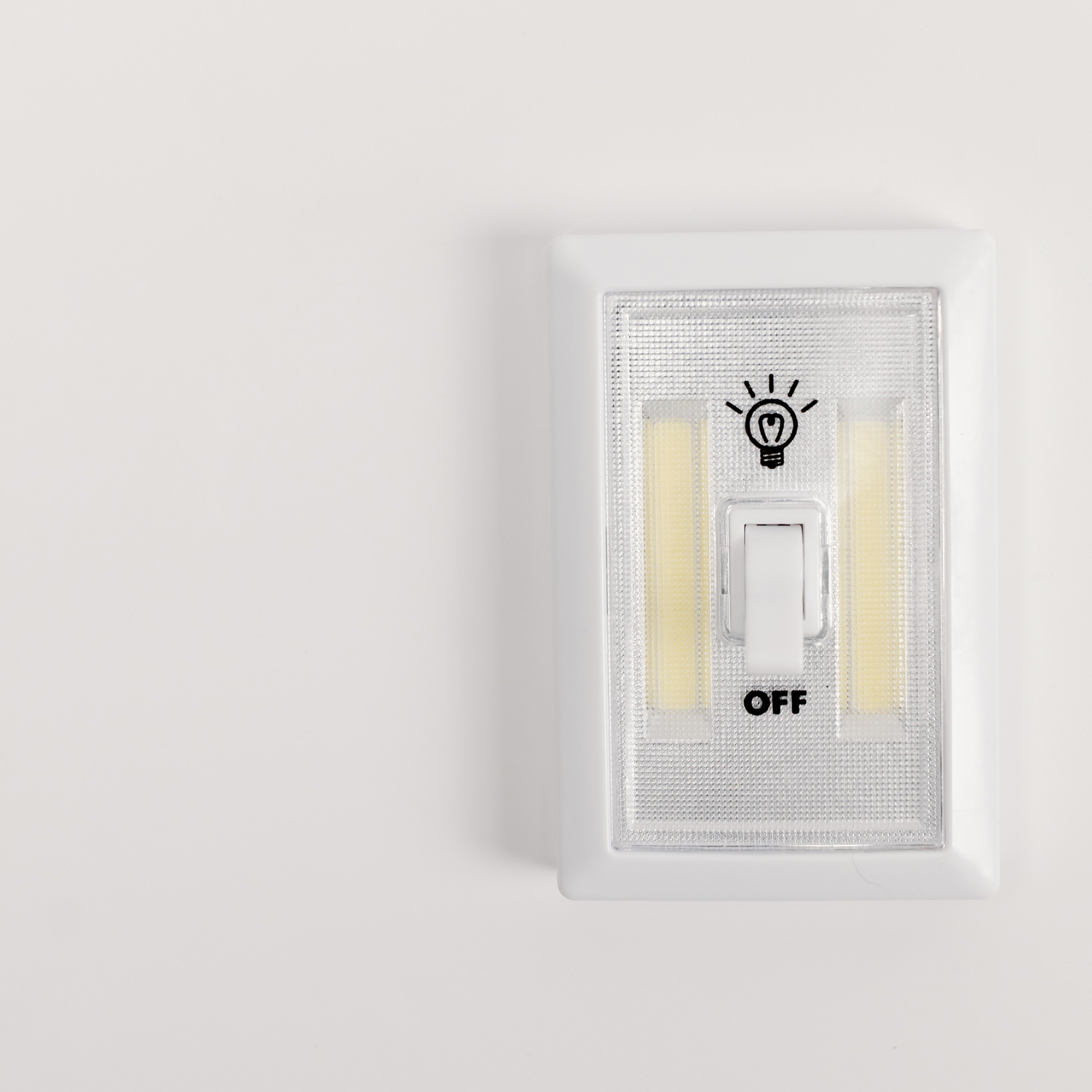
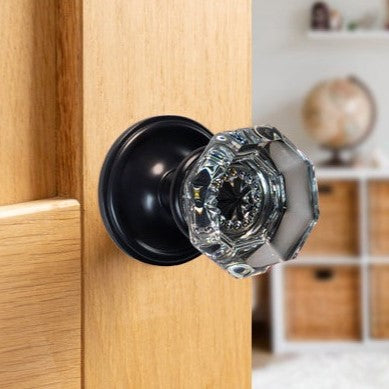

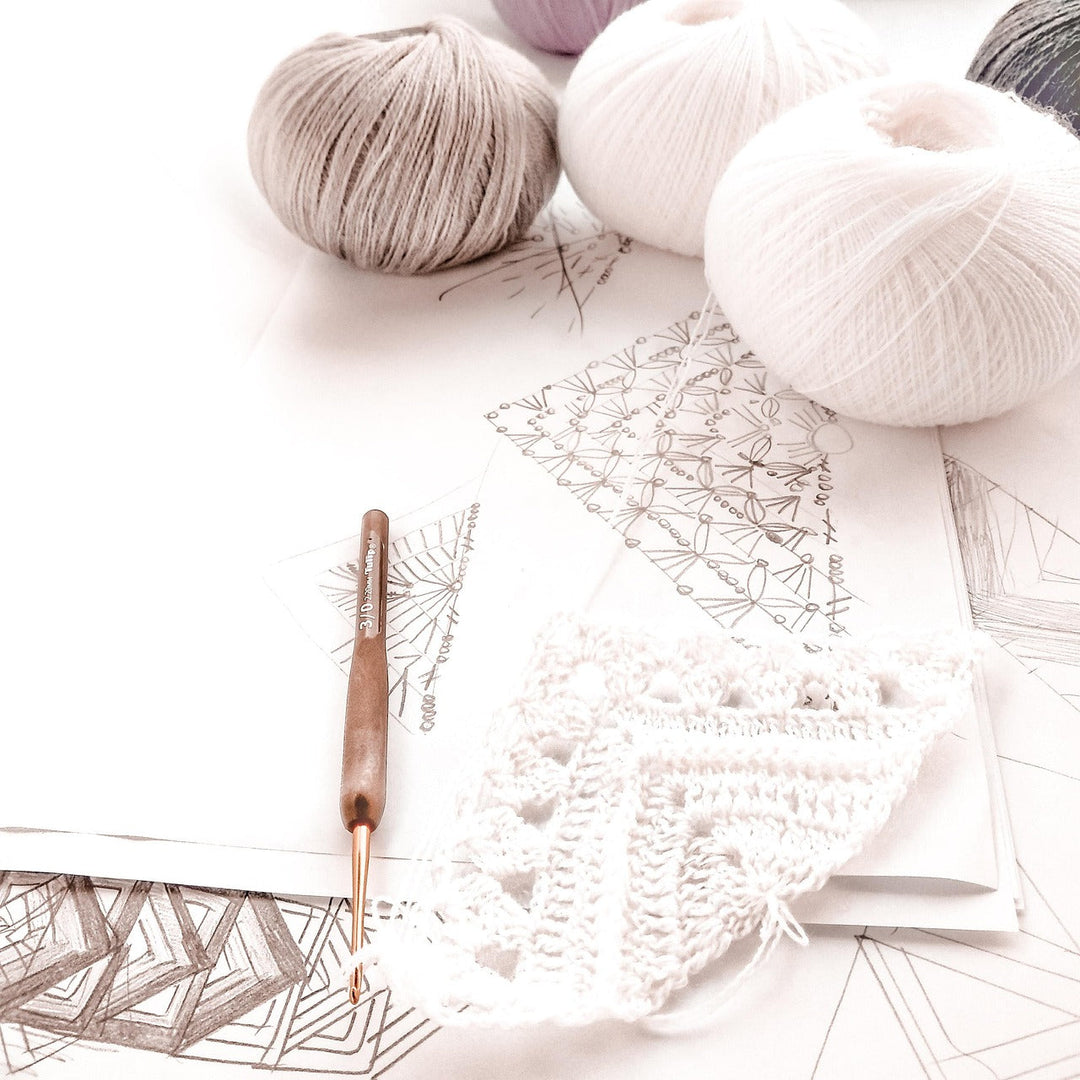
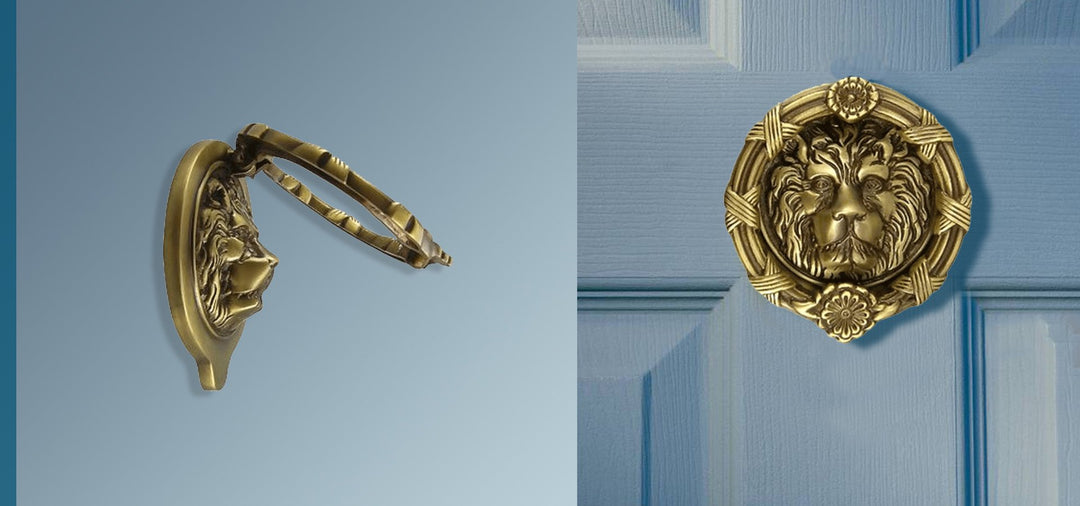
Leave a comment